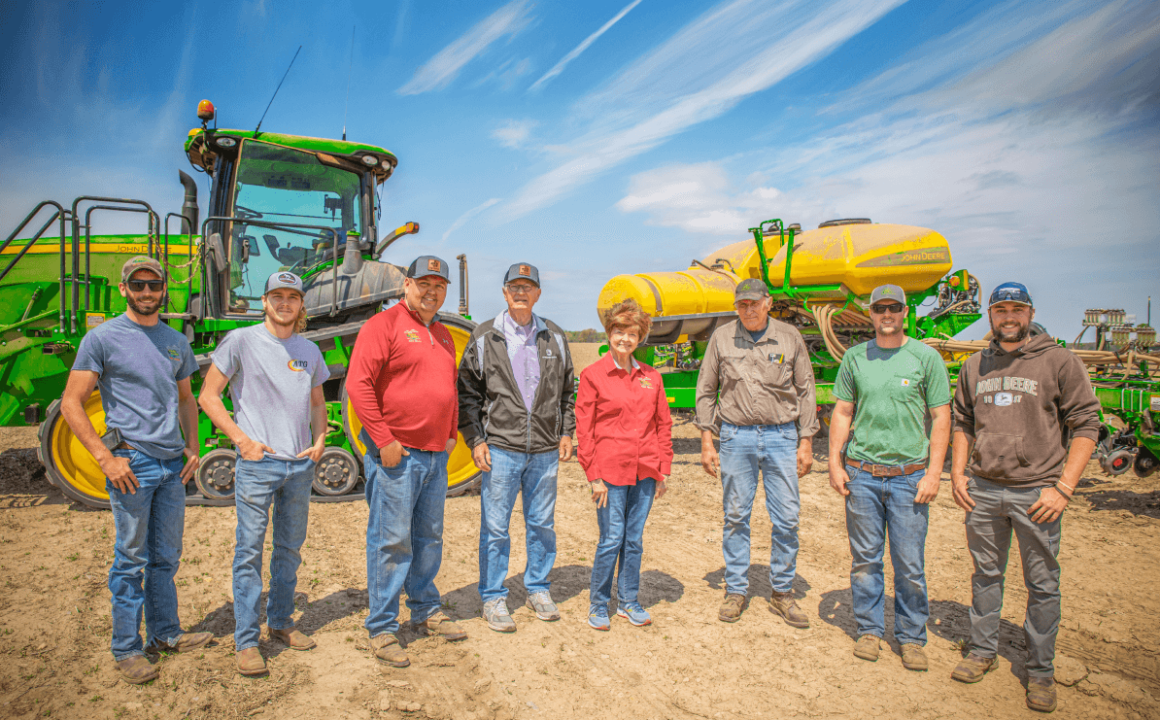The Carbon Credits Game: What Role Do Ag Retailers Play?
Chances are if you ask someone to mention a word starting with the letter “c” that has dominated the headlines recently, they will likely say “COVID-19.” But since the first of the year at least, the two “c” words have been buzzing away within the agricultural community are “carbon credits.”
For growers and many key suppliers such as Corteva Agriscience and Nutrien, the interest in the carbon credits markets has reached a sometimes fevered pitch. In a nutshell, growers who are successful in proving they have captured carbon in their soils through such farming practices as conservation tillage or planting cover crops can receive up to $15 per ton for their efforts, with suppliers helping to facilitate these transactions.
At press time, many major ag retailers were looking at the carbon credits markets. According to Terry Herzig, Director of Retail Agronomy at CHS, his company is “evaluating the carbon footprint question.” However, he does think some questions still need to be answered before any final decision is made.
“The carbon credits market needs to be scalable, with many more buyers getting involved vs. what we currently have, which number about one dozen,” said Herzig, speaking at a recent carbon market webinar. “Also, the price per ton of carbon credit is still too low at $15 per ton, when the testing to confirm carbon capture currently runs about $12.”
But what role can ag retailers play in the carbon credits game? According to Ian Crawford, Sustainability Agronomist, Agribusiness at J.R. Simplot Co., this remains an open question. “I think many ag retailers are interested in carbon credits but are waiting for some kind of guidance from the lawmakers in Washington, DC, before figuring out how to get involved,” says Crawford. “I think some of this may become clearer after the Fourth of July.” He also points to an upcoming meeting coordinated with members of the Agricultural Retailers Association in June that could provide some more clarity on the issue.
According to Troy Johnson, Vice President of Innovation at Wilbur-Ellis Co., carbon credits could provide “a tremendous opportunity” for ag retailers, since there will be money to be made for growers using the program. “There are societal concerns that can be addressed by capturing carbon and the technology is definitely there to validate the program is working,” says Johnson.
The tricky part, he adds, might be how ag retailers integrate themselves into the process involved. “Ag retailers have usually represented the last mile in the process with growers, providing crop inputs and services on the back end of the process,” says Johnson. “But with carbon credits, the fundamentals will be different because the origination of the carbon credits begins on the front end with the grower and the retailer working together.”






